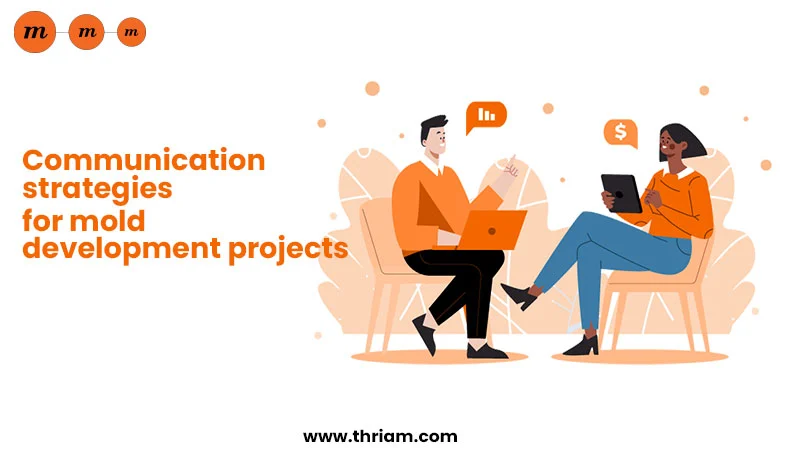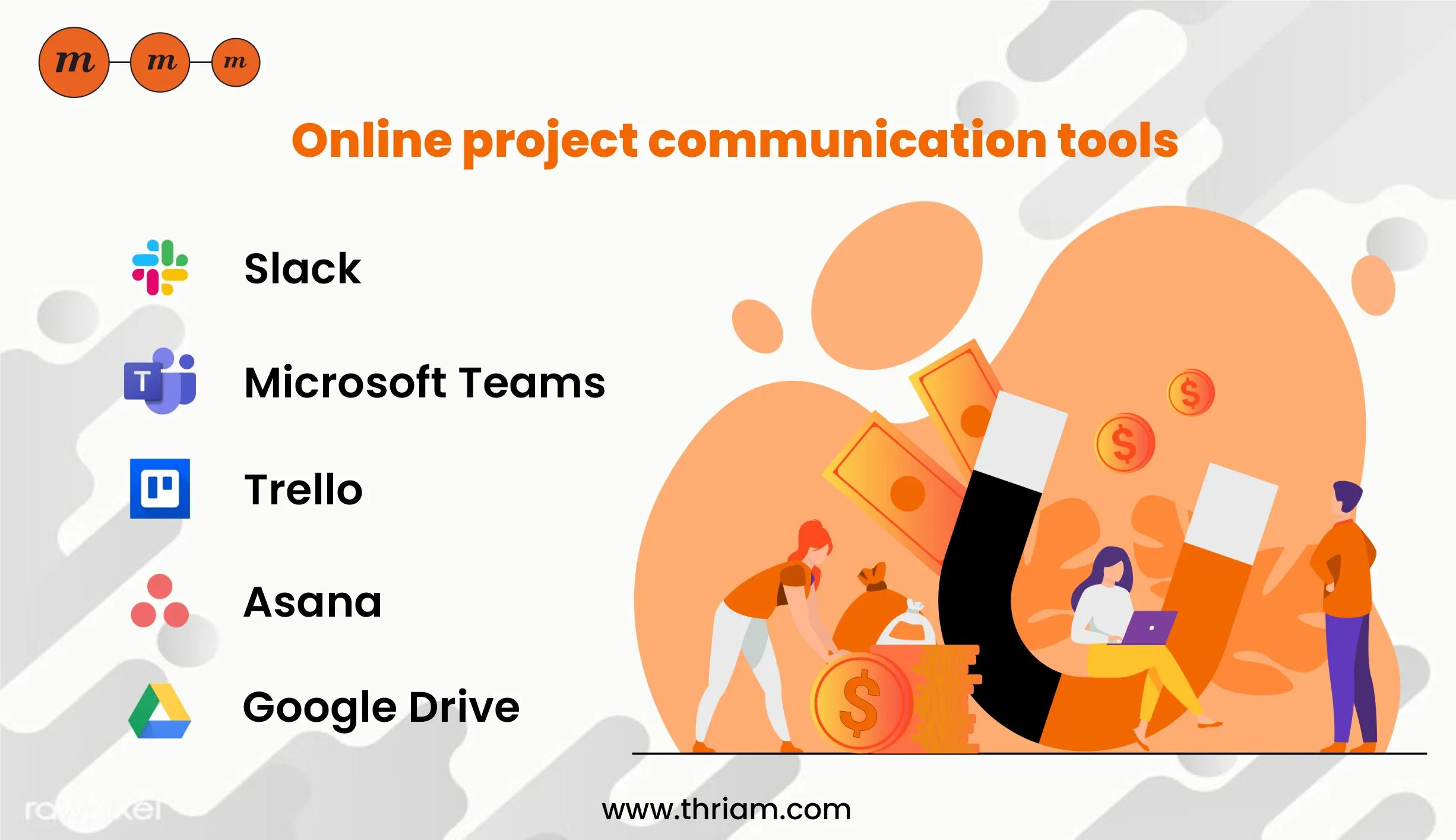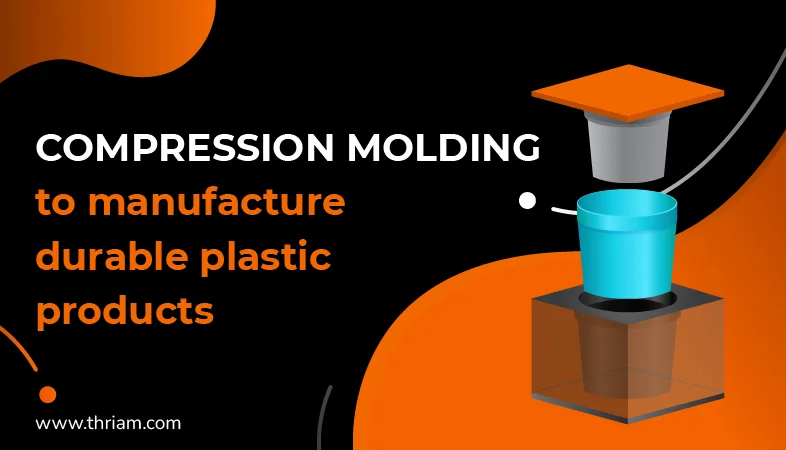Maximizing Mold Development Success: Strategies for Effective Communication and Collaboration in Teams

Introduction
Effective communication and collaboration are crucial components of success for mold development teams. The development of molds requires a high level of precision and coordination. The failure to communicate effectively can lead to costly errors, delays, and misinterpretations. The importance of communication and collaboration cannot be understated in this field. However, mold development teams face numerous challenges that can undermine effective communication and collaboration. These issues include differences in language and culture, lack of trust, unclear goals and objectives, and inadequate communication channels. This blog aims to provide strategies to overcome these challenges and improve communication and collaboration in mold development teams.
Establishing Clear Goals and Objectives
Clear goals and objectives are essential for mold development projects. They provide direction and focus for the team, and enable better communication and collaboration. However, it is not enough to simply set goals and objectives. They must be SMART: Specific, Measurable, Attainable, Relevant, and Time-bound. Clear objectives ensure that all team members understand their roles and responsibilities in the project. Through effective communication, team members can coordinate and align their work with the overall project objectives.
Utilizing Effective Communication Channels
Communication channels are the mediums through which information flows between team members. There are many options available, including face-to-face meetings, email, instant messaging, and video conferences. Each channel has its own strengths and weaknesses, and optimal usage depends on the message being conveyed and the nature of the team. Face-to-face meetings are ideal for discussing complex issues that require interaction and discussion. Instant messaging can be used for quick updates and informal discussions. Careful consideration of the purpose and content of the message is critical when selecting a communication channel. For instance, when discussing sensitive issues, face-to-face meetings or video conferences may be more appropriate.
Active Listening and Feedback
Active listening is a process which involves fully concentrating, understanding, responding, and retaining information. Active listening creates more openness, trust, and respect in teams, as it allows them to share ideas and opinions freely. Encouraging team members to listen actively to one another fosters knowledge sharing and a sense of camaraderie. Feedback is also essential for effective communication. Feedback is an opportunity for the giver to express what has been observed or experienced about the individual, situation, or task, while the receiver has the opportunity to understand the impact and consider possible change. Providing constructive feedback equips individuals with information necessary to improve their work.
Encouraging Collaboration and Creativity
Collaboration and creativity are essential to the success of mold development teams. To inspire collaboration within the team, brainstorming sessions should be conducted to generate ideas and solutions. Techniques such as mind mapping assist in advancing thoughts and idea generation. Use of virtual collaboration platforms such as Google Drive, Microsoft Teams, or Slack is also essential. This enables the teams to collaborate effectively while geographically apart, share ideas, documents, and keep track of progress in real-time.
Building Trust and Empathy
Building trust and empathy is vital in discussing difficult decisions and resolving conflicts. Trust is based on mutual respect, transparency, and honesty, and is fundamental to open and effective communication. Empathy involves attempting to understand another person's perspective, and it enables individuals to build connections and create rapport. Lean on shared experiences, similarities, and differences to build these connections.
Overcoming Language and Cultural Barriers
Language and cultural differences can hinder effective communication and collaboration. Effective language and intercultural communication can help bridge the gap between colleagues. For example, learning common phrases in any other language spoken among team members can help eliminate misunderstandings, while providing opportunities to learn, share, and connect the cultures represented in the team through language, cuisine, and traditions.
Conclusion
Effective communication and collaboration in mold development teams are essential for successful project outcomes. A lack of effective communication and collaboration can lead to errors, delays, and unmet expectations. The strategies outlined in this blog, including clear goal-setting, effective communication channels, active listening skills, encouraging creativity and collaboration, building trust and empathy, and overcoming language and cultural barriers, provide a framework for improving communication and collaboration within teams. Employing such strategies enhances productivity, teamwork, and positively impacts the outcomes of mold development projects.
Bonus content
Online project communication tools

1. Slack:
Slack has revolutionized the way teams communicate. It provides a centralized platform for real-time messaging, file sharing, and collaboration. With features like channels, direct messaging, and integrations with other tools, Slack ensures efficient communication across teams, departments, and even organizations. It allows for easy collaboration on project tasks, facilitates quick decision-making, and keeps everyone informed and aligned.
2. Microsoft Teams:
Microsoft Teams is a comprehensive online collaboration tool that brings together chat, video conferencing, and file sharing in one platform. From instant messaging and voice calls to video conferences and virtual meetings, Microsoft Teams offers a wide range of features for effective communication. Its integration with other Microsoft Office apps allows for seamless document sharing and editing, making it ideal for project management and collaboration.
3. Trello:
Trello is a popular project management tool that simplifies communication and task management. It uses a visual board system, where tasks are organized into customizable boards, lists, and cards. Every team member can see the progress of tasks, assign responsibilities, and track deadlines. With features like comments, checklists, and attachments, Trello promotes transparency, collaboration, and accountability within project teams.
4. Asana:
Asana is another powerful project management and communication tool that helps streamline workflows and enhance team productivity. It provides a centralized platform for organizing tasks, assigning responsibilities, and tracking progress. Asana's intuitive interface and features like comments, notifications, and file attachments make it easy for teams to communicate, collaborate, and stay on top of their projects.
5. Google Drive:
Google Drive is a cloud-based storage and collaboration platform that allows teams to store, share, and edit documents, spreadsheets, and presentations in real-time. It integrates seamlessly with other Google Workspace tools like Google Docs, Sheets, and Slides, facilitating efficient teamwork and communication. With features like version history and commenting, Google Drive ensures effective collaboration and document management within project teams.



